There are thousands of reasons why we love film photography. If you’ve read a couple articles on this blog, then you’ll know how much I love this medium. Shooting with film has been my passion for the last few years, and I’ve shot more rolls, and learned more about film photography in 2021 than any other time in my life.
But while film is such a fun and interesting medium, I’d be missing the point if I thought this medium was the only way to take photographs. Both digital and film photography have their places in our world. So when is it better to put the film down and pick up a digital camera?
Digital cameras are better than film in a few distinct mediums. Digital cameras are better at capturing photos of stars, wildlife, as well as any medium that requires computation, such as focus stacking macro and landscape photographs, or photographing in high dynamic range scenes, like sunrises and sunsets.
If you care about image quality, then digital is better than film in almost every way. Partly because digital photographers can use computers and algorithms to beat the limitations imposed by physics, and partly because there are no digital cameras produced with the same autofocus, dynamic range, and capture speed that are available on top of the line digital cameras.
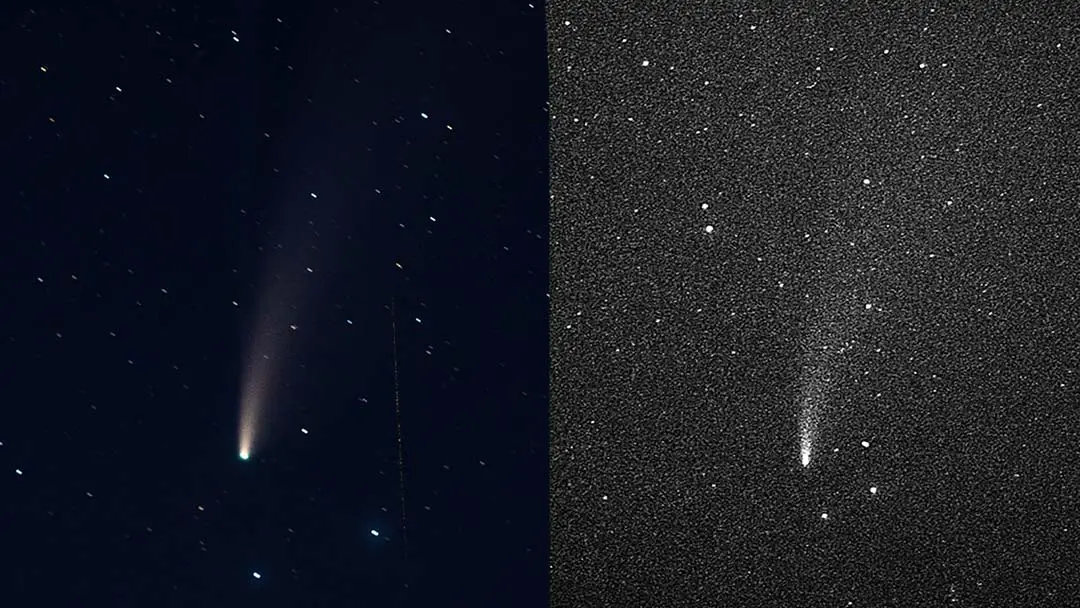
Why is digital better than film for astrophotography?
Astrophotography is one of the most interesting and fun mediums to explore. With a little know-how, money, and patience, it is entirely possible to capture new, unseen galaxies with incredible definition that used to only be possible from space.
But the caveat is that taking high-definition photos of the night skies require a digital camera.
There are three reasons for that:
- Film suffers from reciprocity failure.
- Film lenses aren’t as fast or as sharp as modern digital lenses
- Faster films require larger grains, which have less definition
Understanding reciprocity failure
The simplest way to explain the concept of reciprocity failure is to say film becomes less sensitive as more light hits it. When the exposure time is longer than 1 second, the photographer has to use a logarithmic expression 1^1.3 to calculate a proper exposure time on film.
For astrophotography, reciprocity failure of film means it’s nearly impossible to get a high-definition image of the stars without streaking because of the Earth’s rotation.
Capturing a photograph of the Milky Way requires the use of a wide-angle lens and a shutter speed faster than 25 seconds. Any longer than that, and the rotation of the Earth will cause the stars to go from pinpoints to a grid of unsharp lines.
Adjusting for reciprocity failure, a 25 second exposure on digital would require 38 seconds on film.
Wide angle film lenses are not as fast or sharp as digital lenses
Now, that shutter speed difference is less than a stop of light, which isn’t really a big deal. What’s a bigger deal is that it’s way harder to find film cameras with wide-angle aperture values below f/2.8.
Every camera came with a 50mm f/1.8, but finding a solid 24mm lens that is perfectly sharp at f/1.4 will be difficult or costly.
Lenses that aren’t as sharp also wom’t capture as many stars as sharp ones. If you’re a glasses wearer like me, you can see this effect first hand by looking up at the stars. when you remove your specs, you’ll see plenty of stars suddenly disappear.
Larger grains = less definition
High ISO film, like Ilford Delta 3200 used to capture the image above, uses larger grains to capture more light. But those larger grains end up with visible spaces between them — especially when capturing light from a pin point source.
And that effect is only magnified when pushing the film, or using smaller formats like 35mm.
And you can’t exactly just use slower and push. When you do that, you’ll only end up exposing the larger grains in the emulsion that are randomly interspersed, meaning there will be even less definition compared with the faster films.
Adding all these factors together does paint a bleak picture. But that doesn’t mean astrophotography is impossible with a film camera.
You just have to be aware of the downsides and learn how to overcome them. People have been taking photos of the stars for generations before digital photography. So if there’s a will, there’s a way to do it.
One way to do that could be to purchase a Nikon or Canon EF camera, like the EOS 630. These cameras can use modern digital lenses to overcome at least one part of the problem.
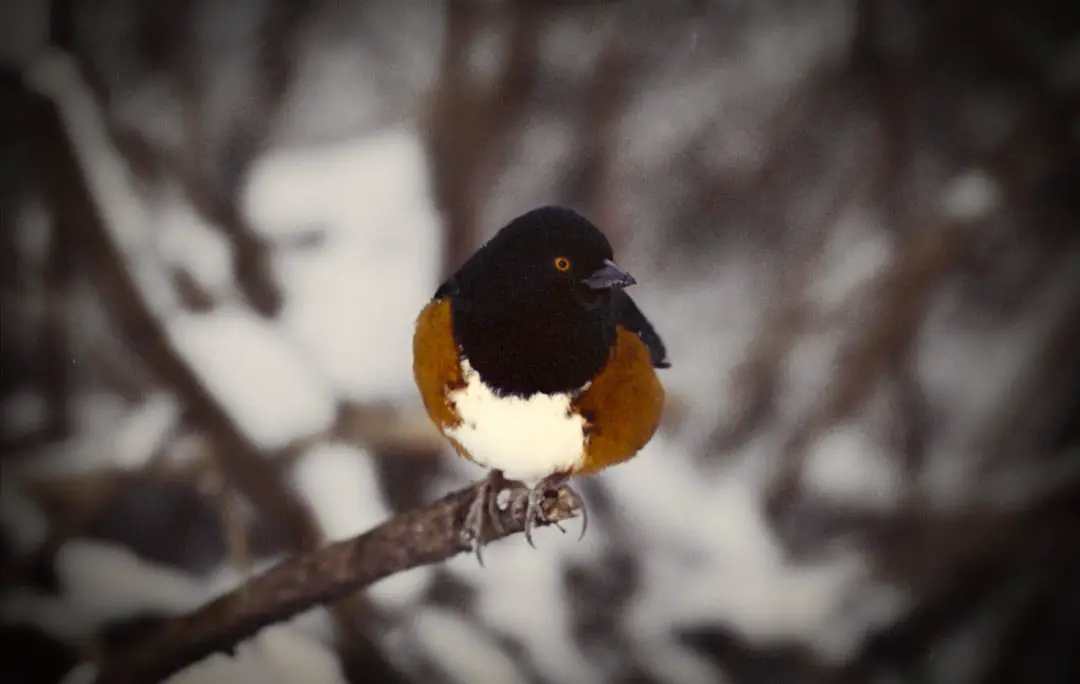
Professional wildlife and sports are better captured on digital
When it comes to sports and wildlife photography on film, the question isn’t whether we can do it, but should we? There are film cameras, like the EOS V, and lenses that are 100% capable of taking tack sharp sports and wildlife photos. And if you’re laser focused like a zen, you could capture the shot with a manual camera no problem.
I personally love the idea of photographing wildlife, and have been toying with the idea of purchasing a long lens for wildlife again (I sold my 400mm f/5.6 lens when I moved to Montreal 4 years ago, and I still deeply regret it). But I can’t think of a reasonable case where it makes sense to take their photos on film.
The problem has more to do with sharpness and consistency. Film isn’t as sharp as digital cameras, full stop. And for most people, that’s not a problem. In fact, one of the prevalent issues in photography is that people are so overly focused on sharpness rather than composition and artistic expression.
But the fact is, film cameras cannot produce images that are in perfect focus as reliably as digital cameras can. And when it comes to creating a body of work built around wildlife and sports photography, it’s not going to be worth more just because it was harder to capture.
There aren’t any working pros who would travel across the world to capture a specific animal on film. When there’s money on the line for an image of an elusive target, you’re going to use the equipment that is more likely to get the result.
When is film better for sports and wildlife?
Film is better when perfect results aren’t the requirement of selling a photo. It is an incredible medium for capturing atmosphere and emotion. So If you’re the type of photographer who loves roaming around the countryside, or capturing kids playing sports in the city limits, then film is absolutely the way to go.
One excellent example of capturing emotion around sports is Trent Parke’s book, Minutes to Midnight, where the photographer documented people and landscapes along a 2-year journey around Australia. The book captures scenes of tailgate parties, wildlife, and action happening away from the public eye. It’s not a positive, happy book by any means, but the way it was captured was particularly suited to high-contrast black and white film. Read more about Minutes to midnight, and other film photography books here.
Another book that shows the delicate balance of capturing wildlife can be found in Des oiseaux, by Rinko Kawauchi. In this photobook, Kawauchi captures a nesting family of swallows near her home.
The book is filled with images of the parents bringing food back to a nest of wide-mouthed baby birds, next to views of the sky and local vegetation. While I’m not certain if this book as actually captured on film, this type of project is perfectly suited to people who want to use film for artistic expression.
At the end of the day, film has been used to capture photos of wild animals for the last 100 years. There are thousands of photographers who made a career using film to capture images of wildlife. And if that’s something you want to do on film, it’s completely possible. And since wildlife photography isn’t the most popular on film, there are some older 400-500mm lenses for manual cameras, like M42 Pentax’s, that are available for cheap.
Why macro photography is better on digital cameras
The one downside of film cameras is that they are slaves to the laws of physics. Depth of field becomes extremely thin when you fill the frame with small subjects, like insects, mushrooms, and flowers. Even at f/16, the depth of field can become as thin as a needlepoint.
Digital cameras are able to overcome this factor by using a technique called focus stacking. This is where you take 10-100 images, each focused on different part of the subject, and stack them automatically in photoshop to create one single, in-focus image. You could of course do the same stacking process with film images, but the costs and time needed to create a single image increase exponentially.
It gets to the point where it just makes more sense to shoot on digital, where you can use sharper modern lenses and have more tools available to tune your focus and workflow.
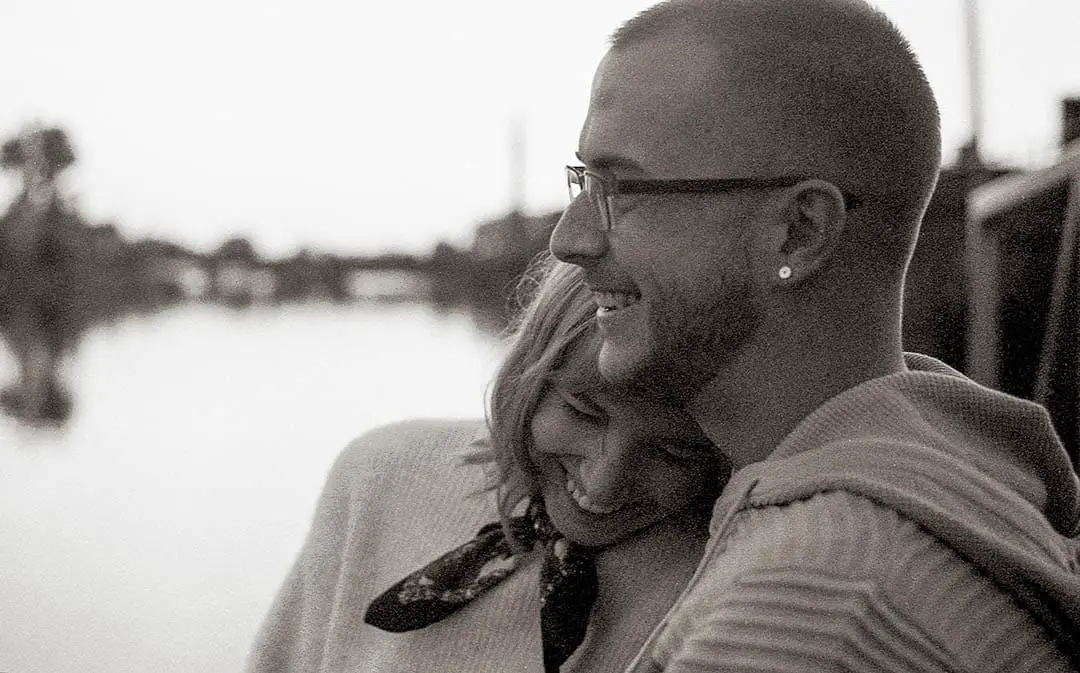
When is film is the right medium for the job
Film is not perfect for every job. I can’t stress enough that when I’m shooting professionally, it’s mostly digital. Clients need that knowledge that they’re going to get the images — that a simple chemistry error isn’t going to ruin an entire photoshoot. Since many film cameras are older, they can be prone to running into mechanical issues from time to time as well (here’s a list of the major problems cameras face and what it does to the negatives).
But for the last two years, I can’t think of a single time where I’ve preferred having a digital camera in my hands rather than a film camera.
Digital photography is something that I do for clients. Film photography is what I do for me.
Film is a more personal medium. It takes a lot of time, and every single action that I take has a reaction inside the film. The water that I use, the way I agitate the film, the scanning, and everything else changes the way the film develops.
But when those images come out, it feels like the work of a craftsman more than that of a digital photographer. And that’s why we love this medium so much.
So I like to shoot film in almost every scenario, even if it’s not technically perfect. Film is great for mediums like portrait photography, landscape photography, street, and art projects. As I’ve mentioned above, film captures the mood and atmosphere in a way that digital doesn’t (at least, without a lot of work in photoshop).
At the end of the day, the image is what matters — not the medium used to capture it. film is the right choice when it gets you outside to take photographs. If taking perfect, pristine photographs gets you outside, then use digital. But for me, film is what gets me excited about photography.

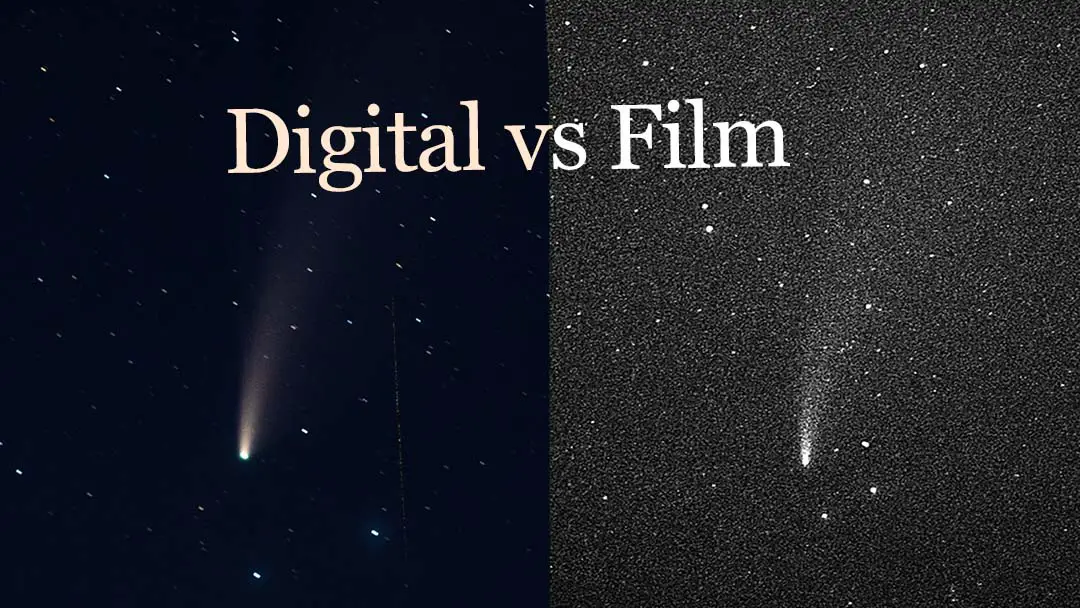
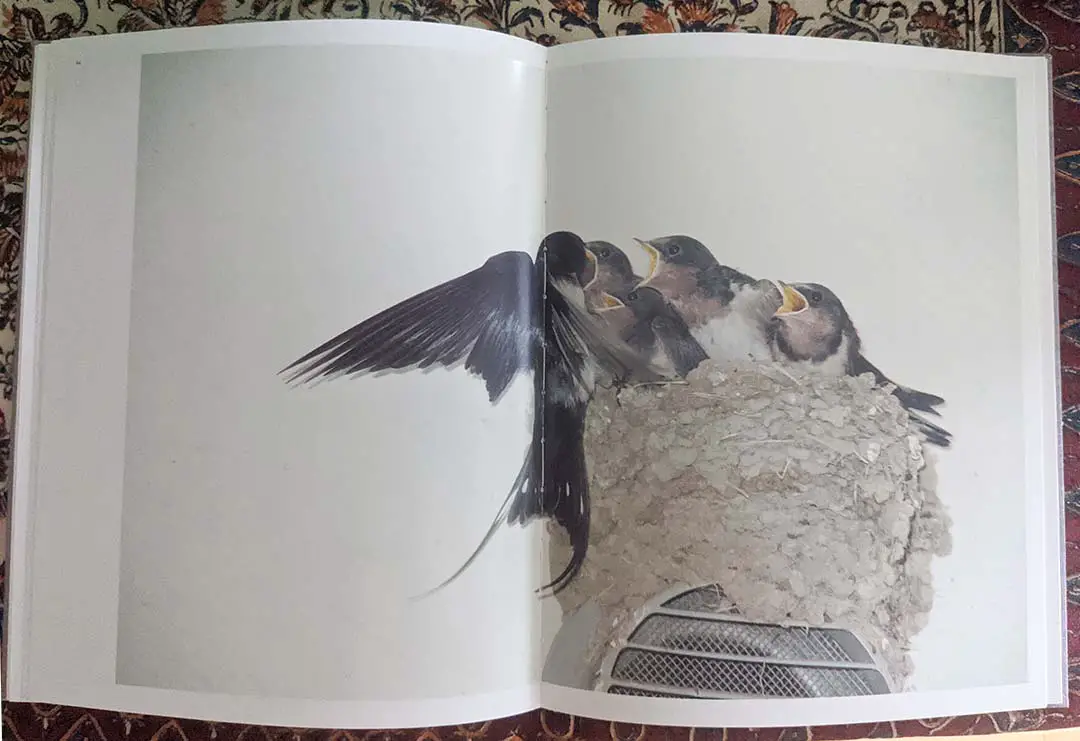
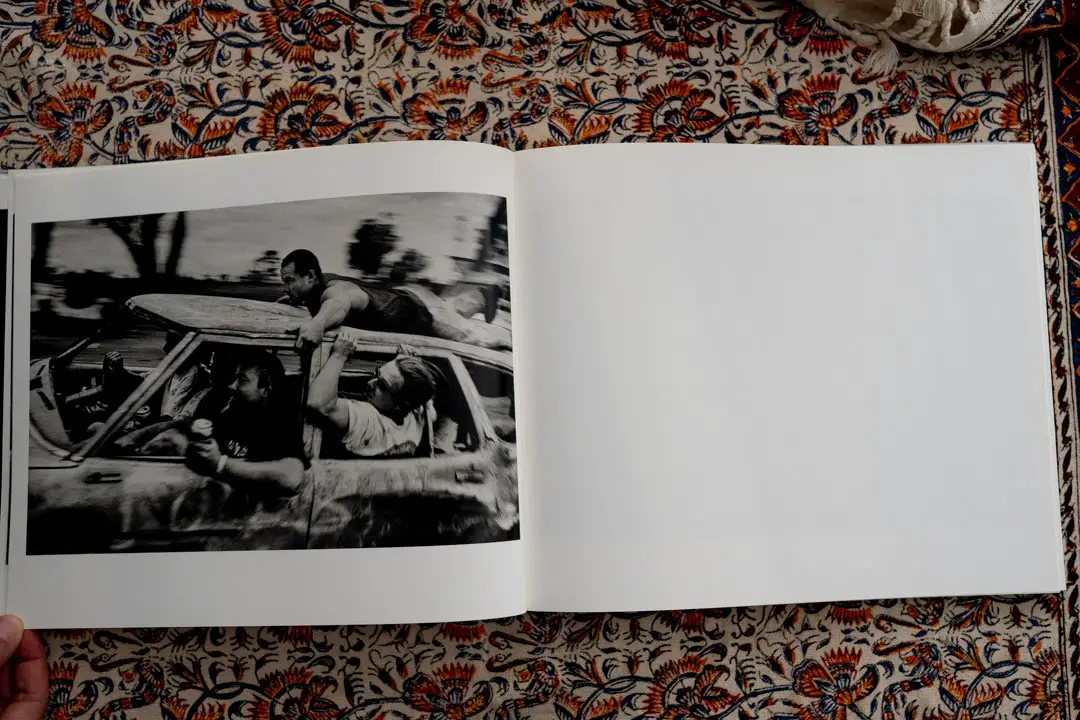
Great blog post. Today I dont believe that a photographer can be competitive in the market place with film . But you’re right, you cant beat the feeling you get when things work out in the dark room.
Hi Perry,
Thanks for that! I personally shoot digital for anything that’s professional, even though I love working with film so much more. The focus of my photography is capturing those unique moments where people have a natural, unposed expression. I can do that with film, and I’ve been bringing a film camera on every single shoot to get it right. But I still usually find that I’m better able to react and capture those moments with a digital camera rather than a film camera. In time, I expect that I’ll be better with film, and who knows, maybe I can charge a premium for that.
But that’s why I use film for any personal shots. I love the feeling of making a photograph with my hands. That process is so much more thrilling for me than editing on a computer like I’ve done for years.